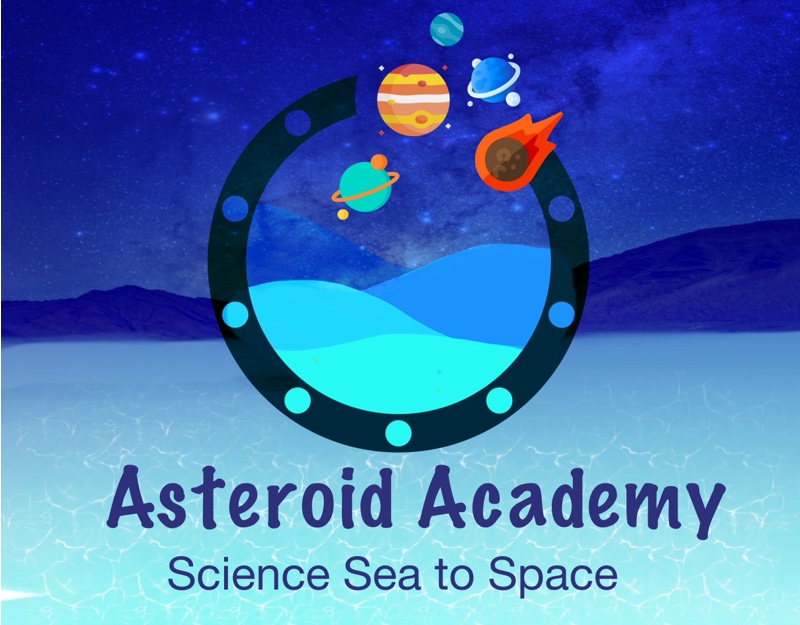Physical World
Building Blocks
1. Students should be able to select and use appropriate measuring instruments
2. Students should be able to identify and measure/calculate length, mass, time, temperature, area, volume, density, speed, acceleration, force, potential difference, current, resistance, electrical power
Lessons
Check back later for links to materials that will help you reach these Learning Outcomes. We’ll be adding more materials throughout the year.
Blogs
Watch this space for upcoming links to relevant lessons and blog posts as we develop more exciting content!
Systems and Interactions
3. Students should be able to investigate patterns and relationships between physical observables
4. Students should be able to research and discuss a technological application of physics in terms of scientific, societal and environmental impact
5. Students should be able to design and build simple electronic circuits
Lessons
[ichcpt id=”5961″]
Blogs
[ichcpt id=”5959″]
Energy
6. Students should be able to explain energy conservation and analyse processes in terms of energy changes and dissipation
7. Students should be able to design, build, and test a device that transforms energy from one form to another in order to perform a function; describe the energy changes and ways of improving efficiency
Lessons
[ichcpt id=”5956″]
Blogs
Watch this space for upcoming links to relevant lessons and blog posts as we develop more exciting content!
Sustainability
8. Students should be able to research and discuss the ethical and sustainability issues that arise from our generation and consumption of electricity
Lessons
Check back later for links to materials that will help you reach these Learning Outcomes. We’ll be adding more materials throughout the year.
Blogs
[ichcpt id=”5997″]
